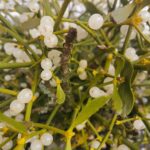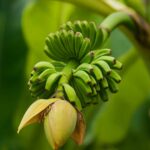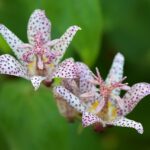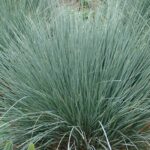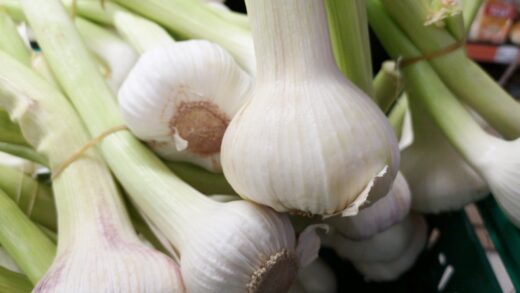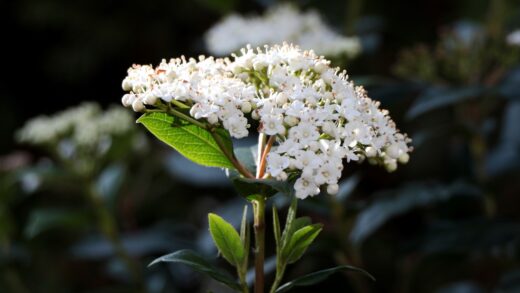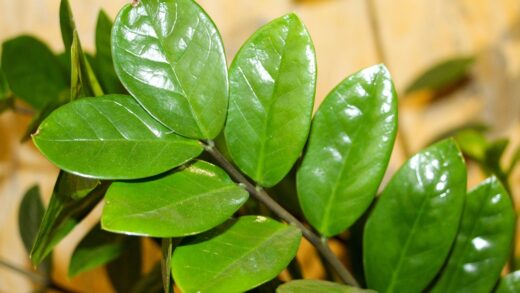The Hosta, a beloved perennial, is one of the most spectacular and popular plants for shady corners of the garden. Although its care is considered relatively simple, understanding and consciously applying the right nutrient supply is essential to achieve lush, healthy, and vividly colored foliage. Properly chosen and timed fertilization not only influences the size and color of the leaves but also establishes the plant’s overall vitality, disease resistance, and longevity. The key to success lies in understanding the plant’s cycles and continuously improving soil quality, which together ensure optimal nutrient uptake.
In the world of nutrients, the three most important macronutrients for the Hosta are nitrogen (N), phosphorus (P), and potassium (K), which together form the basis of balanced nutrition. Nitrogen is primarily responsible for the growth of green mass, i.e., lush foliage, and its deficiency results in pale, yellowish leaves and weak shoots. Phosphorus is crucial for root development, energy storage and transport, and flower formation, making it essential for the plant’s stable anchoring and vitality. Potassium, in turn, promotes the plant’s overall hardiness, stress tolerance, and regulation of water management, improving its resistance to diseases and environmental extremes.
Beyond the main macronutrients, the role of secondary nutrients and micronutrients should not be overlooked, as their deficiencies can also cause characteristic symptoms. Calcium (Ca) is necessary for cell wall stability, and magnesium (Mg), as a central component of chlorophyll, is essential for photosynthesis. Micronutrients such as iron (Fe), manganese (Mn), or zinc (Zn), although required only in small amounts, can lead to yellowing between the leaf veins, known as chlorosis, if deficient. Variegated cultivars are particularly sensitive to micronutrient deficiencies, so balanced nutrient supply must be given special attention in their case.
The availability of nutrients is fundamentally influenced by the soil’s pH level, so knowing and adjusting it is one of the most important prerequisites for fertilization. Hostas prefer slightly acidic to neutral soil, ideally thriving in the pH range of 6.0 to 7.0. If the soil is too alkaline or acidic, certain nutrients become bound in the soil in a form unavailable to the plant, even if they are present. Conducting a simple soil test can greatly help in developing the right fertilization strategy and avoiding the application of unnecessary nutrients.
Timing and frequency of fertilization
The most critical period for the Hosta’s nutrient supply is during its spring awakening, when the shoots, so-called “pips,” break through the soil surface. In this phase, the plant expends enormous energy to unfurl its leaves, so well-timed fertilization lays the foundation for vigorous growth throughout the season. It is most advisable to apply a slow-release granular fertilizer with a balanced N-P-K ratio around the plant at this time, which provides a continuous supply of nutrients for weeks or months. This initial fertilization gives the plant the necessary boost at the beginning of the season.
More articles on this topic
During the growing season, especially for large-sized or container-grown varieties, additional nutrient supply may be necessary. a second, smaller dose of fertilizer is generally recommended 4-6 weeks after the first, in late spring or early summer. A water-soluble, liquid fertilizer mixed with irrigation water is excellent for this purpose, as it provides the necessary elements in a quickly absorbable form. However, moderation is important, as excessive nutrient intake can result in loose, leggy shoots and foliage more susceptible to diseases.
Fertilization should be stopped by mid-summer, at the latest by the end of July, to allow the plant time to prepare for the winter dormancy period. Late summer or autumn fertilization, especially with high-nitrogen fertilizers, stimulates the growth of new, tender shoots. These fresh shoots cannot mature and harden sufficiently before the frosts arrive, making them extremely vulnerable to frost damage, which can lead to the plant’s weakening or even its demise.
For newly planted Hostas, the primary goal in the first few weeks is to promote the establishment of a stable root system, not to force foliage growth. Good quality compost or a small amount of organic fertilizer mixed into the planting hole usually provides enough initial nutrients for the young plant. It is advisable to wait a few weeks with regular, stronger fertilization until the plant has settled into its new location and begun active growth, thus avoiding burning the young, sensitive roots.
Application of organic and inorganic fertilizers
The use of organic matter is the absolute cornerstone of Hosta nutrition, ensuring the long-term health and fertility of the soil. Mature compost, well-rotted manure, or leaf mold not only slowly and evenly release the nutrients they contain but also significantly improve soil structure, water retention, and promote the proliferation of beneficial soil microorganisms. Incorporated during soil preparation before planting and applied annually as a thin layer of mulch around the plants, organic materials are irreplaceable for maintaining a vibrantly healthy stand. This method creates a living soil environment in which the Hosta can naturally thrive.
More articles on this topic
Granular, inorganic fertilizers offer a quick and effective solution for spring starter fertilization, especially if the soil is nutrient-poor. A balanced, slow-release fertilizer, for example with a 10-10-10 ratio, can be an ideal choice, providing the plant with the necessary macronutrients evenly over several months. When applying, care must be taken to sprinkle the granules around the base of the plant, under the foliage, avoiding direct contact with the leaves and the plant’s crown. After application, it is advisable to lightly work the fertilizer into the top layer of the soil and then water it in thoroughly to begin the release of nutrients.
Liquid, water-soluble fertilizers are primarily used for a quick boost or as supplementary feeding, as the plant’s roots can absorb them immediately. They are particularly useful for container-grown Hostas, where nutrients are leached out of the growing medium more quickly due to frequent watering. When using them, it is extremely important to strictly follow the dilution ratio specified by the manufacturer, as a solution that is too concentrated can easily burn the roots, causing serious damage. They can generally be applied every 2-4 weeks during the growing season.
The best results are achieved with an integrated approach that combines organic and inorganic fertilization methods. To establish soil health, use ample organic matter like compost. Supplement this in the spring with a dose of slow-release, balanced fertilizer for a strong start to the season. Reserve liquid fertilizers for targeted interventions, such as quickly correcting a potential nutrient deficiency or providing extra support for particularly ornamental varieties. This combined strategy serves both the long-term fertility of the soil and the immediate nutrient needs of the plant.
Signs of over-fertilization and symptoms of nutrient deficiency
Recognizing over-fertilization is crucial for maintaining the plant’s health, although the symptoms can be misleading at first. The most common and tell-tale sign is the browning, drying, and death of the leaf edges or tips, caused by an excessive concentration of salts in the soil, i.e., “fertilizer burn.” Additionally, the plant may develop weak, lanky, or floppy shoots that fall over easily, even though the foliage appears green. In severe cases, the entire leaf may yellow and die back, and the plant’s growth may stop.
If over-fertilization is suspected, immediate action is needed to prevent further damage. The primary and most effective solution is to flush the soil with a copious amount of clean water to leach the excess salts from the root zone. For container-grown plants, this means watering the soil until water flows freely from the drainage holes at the bottom of the pot. For in-ground stands, a slow, deep watering is effective. At the same time, scrape away any visible, undissolved granules from the soil surface.
Nutrient deficiency also produces characteristic symptoms that are important to distinguish from the signs of over-fertilization. The most common deficiency symptom is chlorosis, or the yellowing of leaves. Nitrogen deficiency typically starts on the older, lower leaves and causes a uniform yellowing across the entire leaf blade. In contrast, iron or manganese deficiency usually appears as interveinal chlorosis (the leaf veins remain green) and is typically first observed on young, fresh shoots. Stunted growth and small leaves can also indicate a lack of some essential nutrient.
Correcting a nutrient deficiency depends on identifying and replenishing the specific missing element. A general, mild deficiency can often be corrected by applying a balanced, complex fertilizer. For specific problems, such as chlorosis caused by iron deficiency, targeted treatment, such as the use of a chelated iron supplement, may be necessary. However, the most effective long-term strategy is precise nutrient management based on a soil test, as well as regular soil improvement with compost, which provides a wide range of micronutrients and prevents the development of most deficiencies.



